Wargaming Weekly #025: Is this app the best case study for user onboarding in digital wargaming?
How Playdek nailed the tutorial for Mark Herman's “Fort Sumter: The Secession Crisis 1860-61” (GMT Games)
Fort Sumter is not what I wanted to write about this week, let alone the wargame I wanted to play next.
To be honest, if I had it my way, right now you would be reading my interview with Matt Evers and Chris Lowe, winners of the 2025 Commandant’s Cup Wargaming Tournament at the recent Modern Day Marine event that I highlighted at the end of my last newsletter.
And once again, if I had it my way, my next wargame would have been Labyrinth: The War on Terror. To be honest, it’s what I wanted to download after coming across GMT’s article highlighting its digital offerings that I shared last week.
However, it turns out that my phone’s Android version is too outdated to run it so it was unavailable for me to download on the Play Store. Just like it turned out that my computer was too outdated to run Steam after I had bought three exciting Mark Herman games. A bad wargamer blames his tools?!
Anyway so since I couldn’t get Labyrinth, already have Twilight Struggle and hence wasn’t in the mood for Twilight Struggle: Red Sea, all I was left with to try out was Fort Sumter: The Secession Crisis 1860-61.
The name “Fort Sumter” didn’t ring any bells in my mind.
However, when I read the game’s bio, I got hooked on the story: the bombardment of Fort Sumter in 1860 being the spark that started the American Civil War reminded me of the attack on Kabamba barracks being the spark that started the 1986 Bush War here in Uganda and brought the current government to power.
“Oh, so this is kinda like their Kabamba,” I thought to myself.
Then I saw that it uses the card-driven game (CDG) system that’s very familiar to me from my experience with Twilight Struggle and that it was designed by the legendary Mark Herman. I was like, “Okay so this is my chance to finally play a Mark Herman game!” Take that, Steam!
Also, with talk of a new American Civil War now well within the Overton window, I figured, what better time to get into learning about how the first one started?
This is now the fifth wargame I’ve played… and I’m glad to be back to playing digitally after my print-and-play hat-trick. Also, it turned out to be on sale at $3, down from the $6 listed in the GMT article.
How Playdek has nailed the Fort Sumter tutorial in its mobile app
“Wargame publishers will need product managers obsessing over first-time user experiences and UX researchers A/B testing which tutorials work best,” I recommended in my last newsletter and I think Playdek basically delivered a masterclass on the latter with this app.
1. Don’t overwhelm the player with rules
Spoon-feed the rules to the player on a need-to-know basis, no more than 20 to 30 words at time, always with a clear call-to-action (which is often just a simple “Tap to Continue”).
2. Skeuomorphism is the name of the game
The game looks and feels like what I imagine the board game version of Fort Sumter would look and feel like. Plus, the sounds that go with dragging the cards and placing the tokens are perfect.
3. Sounds and music are the cherry on top
I love the speech snippets. Just like with Twilight Struggle, they really help with “locking in”. However, I must say the music sounds a bit too Catholic for me – I know it’s historically accurate but I was lowkey getting anxious flashbacks to early morning mass on a random weekday at my high school alma mater.
4. Lead them ALL THE WAY to their first win
I thought the tutorial would stop after the first round (like it does in the Twilight Struggle app) but it actually went all the way to the end. This makes sense since Fort Sumter is limited strictly to three rounds (not counting the Final Crisis resolution) unlike Twilight Struggle which can go all the way to ten.
5. Build an AI opponent that’s challenging enough
When I was done with the tutorial and got to actually playing, I was feeling a bit cocky after my first win.
But the bot player managed to beat me right after…
…and then made me work hard for my second win after that!
It strikes that perfect balance between making you go from feeling like you’re being cheated to wondering, “Why would you make such a stupid move?!” which is exactly how it feels playing against the average human player, right?
The only thing I didn’t like was that the Playdek profile log-in prompt at the beginning excited me with the prospect of tracking my progress across multiple games but it unfortunately didn’t work.
What are my top 3 tips for how to win at Fort Sumter?
I went through the tutorial twice because the first time I was half-distracted with taking screenshots to share and also just to make sure I was feeling really confident enough before attempting to play against the AI opponent.
The tutorial itself includes many strategy pointers but from playing thrice so far (and winning two of those games), my top three personal tips for Fort Sumter are:
1. Avoid triggering the Final Crisis at all costs (that 1VP loss penalty really is too great to bear)
2. Make sure you get the Peace Commissioner (locking down one Space gives you freedom of maneuver)
3. Make sure you use the Peace Commissioner well (to secure Form Sumter or at least a Pivotal Space)
What do I like about playing Fort Sumter so far?
First of all, I find it way easier than Twilight Struggle: fewer rounds, fewer cards to play per round, fewer spaces to keep track of, and of course, my familiarity with the card-driven game (CDG) system.
In fact, I barely paid attention to the history since I’m not familiar American Civil War trivia so I was just playing the cards off pure strategy and my CDG knowledge.
This is unlike Twilight Struggle where I came in with a lot of amateur historian knowledge from binge-watching Cold War documentaries, but knew nothing whatsoever about wargame mechanics.
Secondly, thanks to the automated adjudication and the AI opponent, this mobile app versio of Fort Sumter runs like a micro-wargame! My first game took me just under an hour to complete, the next one took me about half an hour and the third one took even less than that.
Like I have posited before in this newsletter, that’s the real power of digitization and AI in wargaming:
· making games easier to get into by making rules easier to learn than ever
· enabling faster playing with automated adjudication, hence more reps and sets
· providing a good enough sparring partner to test and sharpen game strategies
I already know that I once I get the hang of playing the Unionist side, I’ll definitely eventually want to play the Secessionist side… just like I’m currently playing the USSR side in Twilight Struggle.
So yes, Fort Sumter is not what I wanted to write about this week, let alone the wargame I wanted to play next… but I’m so glad I did! Fighting the American Civil War is going to be such a great “snack” between my Cold War bouts in Twilight Struggle which always take at least an hour even when I lose.
And I know that once I start researching the characters and places on these cards, I’ll come across very interesting stories. I mean, can I really call myself a history buff if I don’t have some solid grounding in the American Civil War?!
Anyway, I’m slightly ashamed to say that even as I write this, I still haven’t even Googled “Fort Sumter” even once so far… but hey, at least I know that I need to control it at all costs, haha!
Yours in hex,
Rwizi.
…
SUPPORT MY NEWSLETTER!
If you enjoy this newsletter, you can support me in any one of the following three super-specific ways:
1. Leave a comment below! (Punching a good hole in any of the facts or arguments shared above.)
2. Book a wargame play-date with me! (I’m available to play either Twilight Struggle or Fort Sumter via mobile app. In fact, I bet you $20 you can’t beat me! Please DM me via X or LinkedIn to sync.)
3. Give me a warm intro to your friend at a16z! (Preferably someone who’s on either the a16z speedrun team or the a16z Games team. I’m looking for brutal feedback on a speedrun application my startup made last year: once again, please DM me via X or LinkedIn to sync.)
ABOUT THE AUTHOR:
Wargaming Weekly is curated, written and published by Rwizi Rweizooba Ainomugisha, a freelance writer, game designer and startup entrepreneur. Rwizi currently serves as Co-Founder, Co-CEO and Chief Strategy Officer (CSO) at Lupiiya Books - the social finance app that is gamifying the fundraising process for young African entrepreneurs. Wargaming Weekly is a curiosity chronicle of Rwizi’s exploration of the wargaming world… for the love of games in general, for the desire to contribute to the growth of wargaming in particular as a discipline, and lastly, for the hope of finding cutting-edge game design innovations to bring back with him to the startup world.


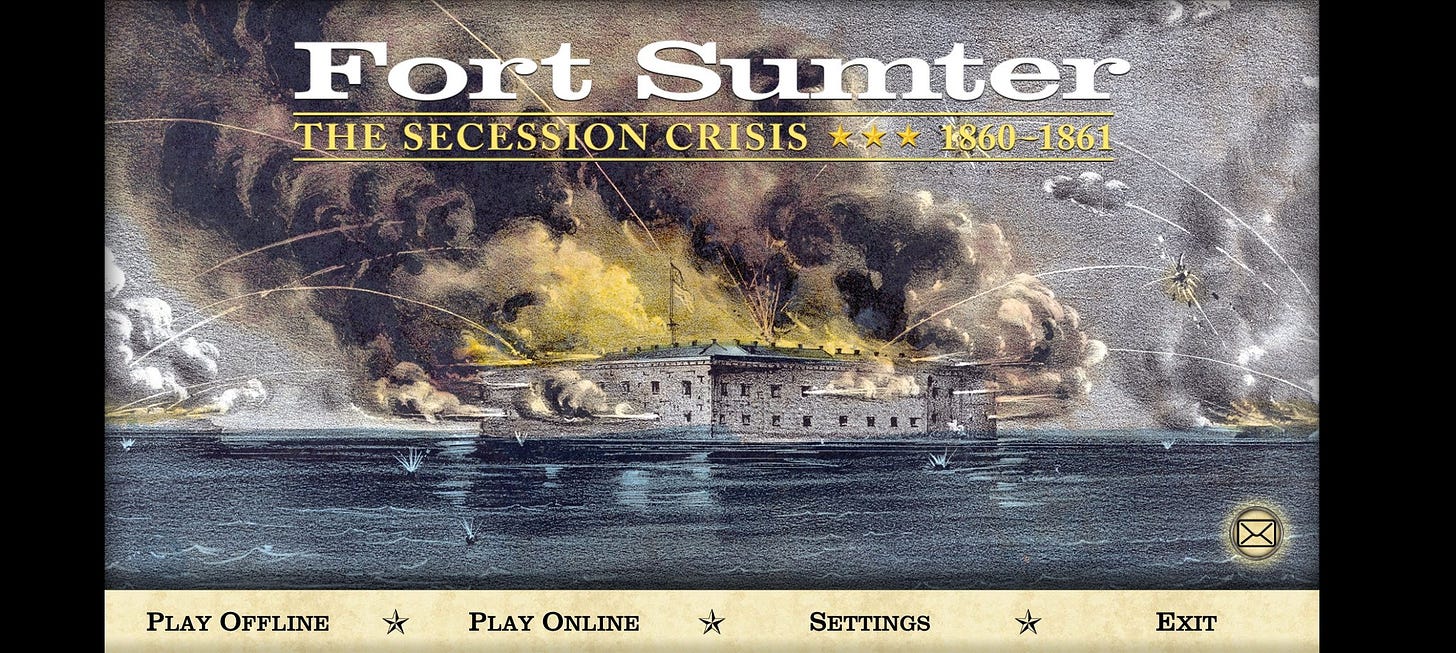
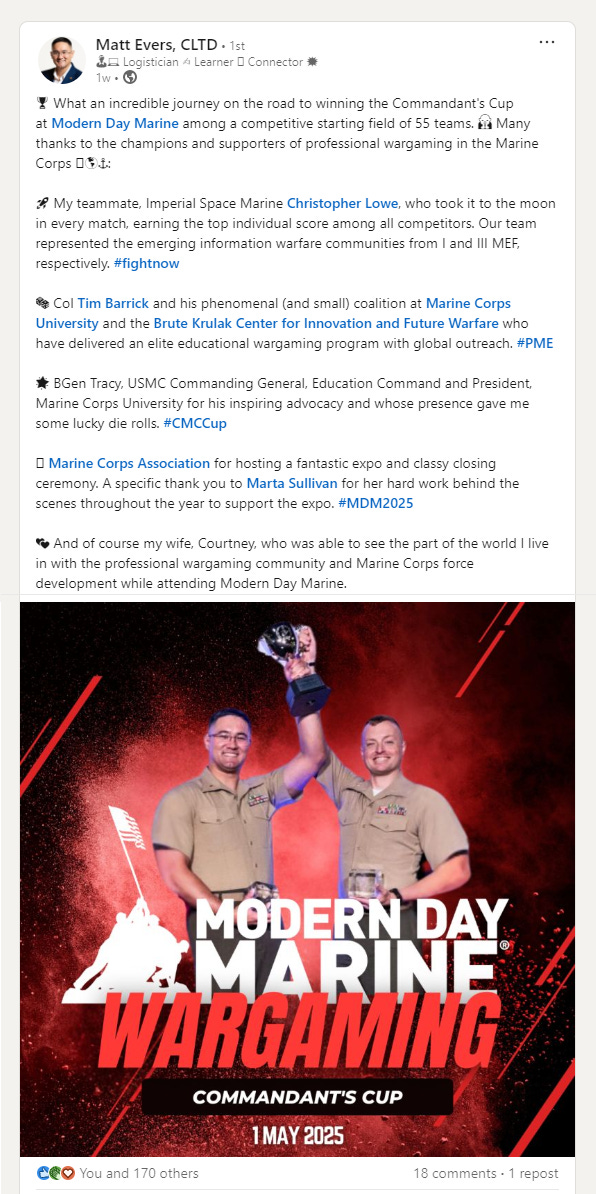
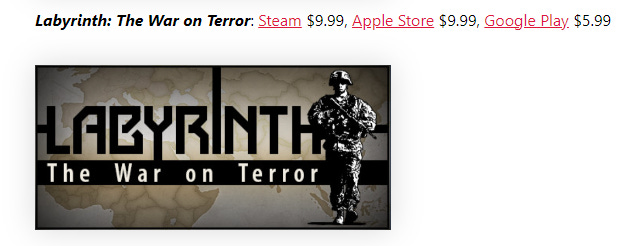
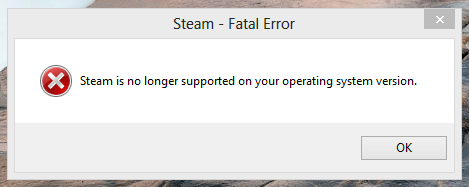
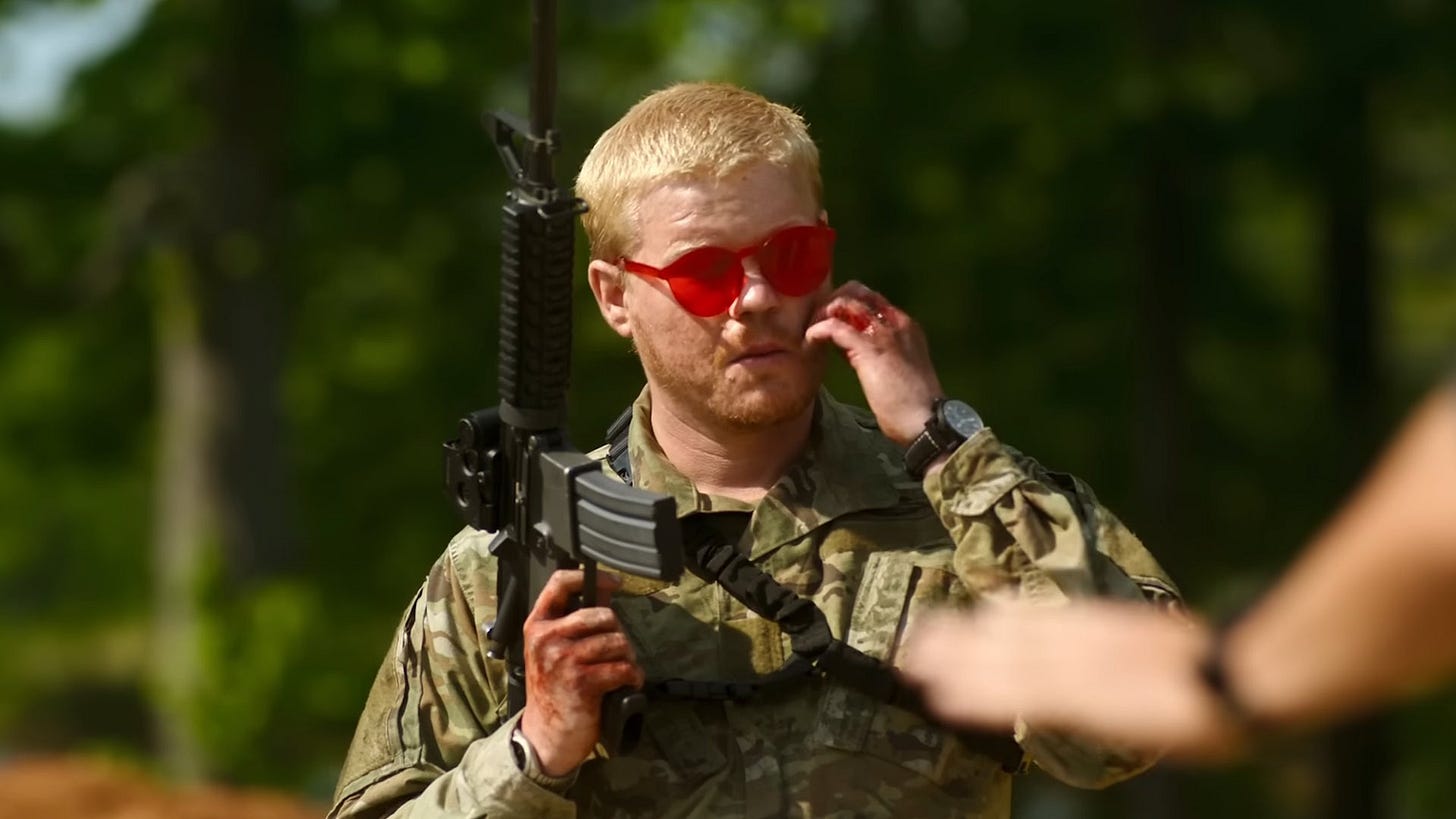
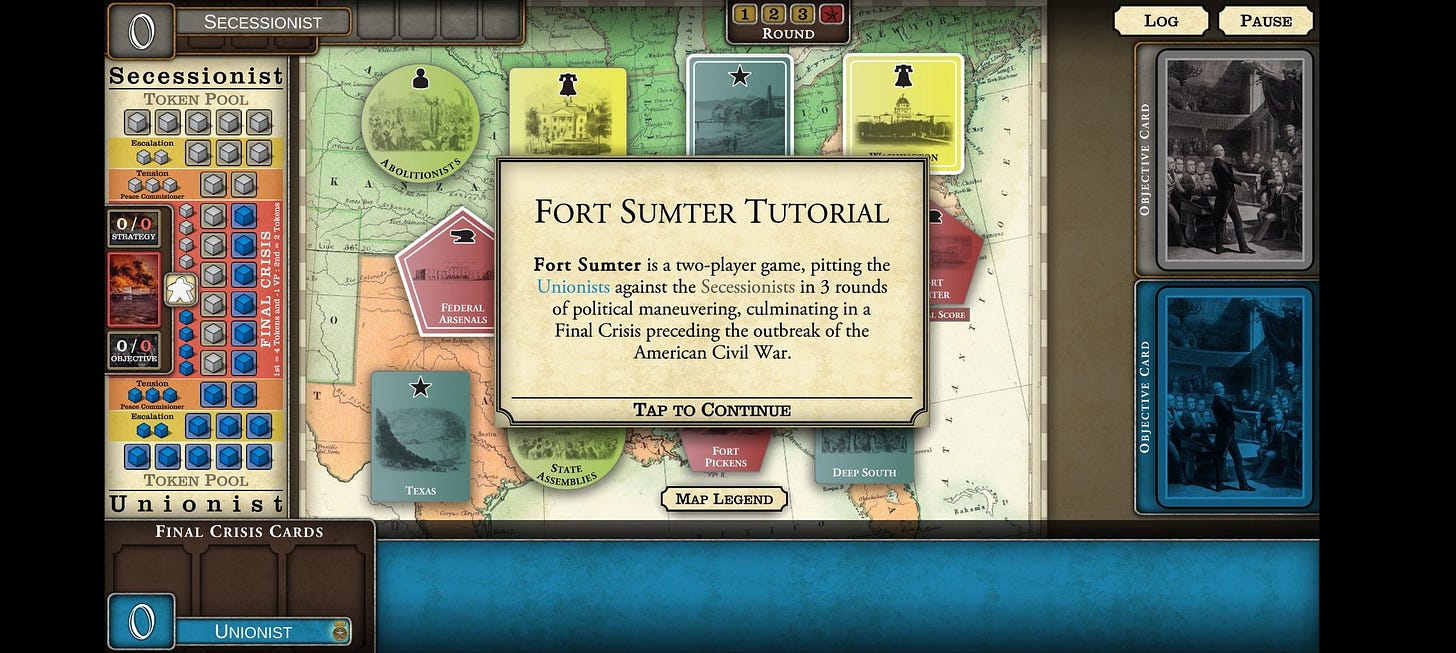
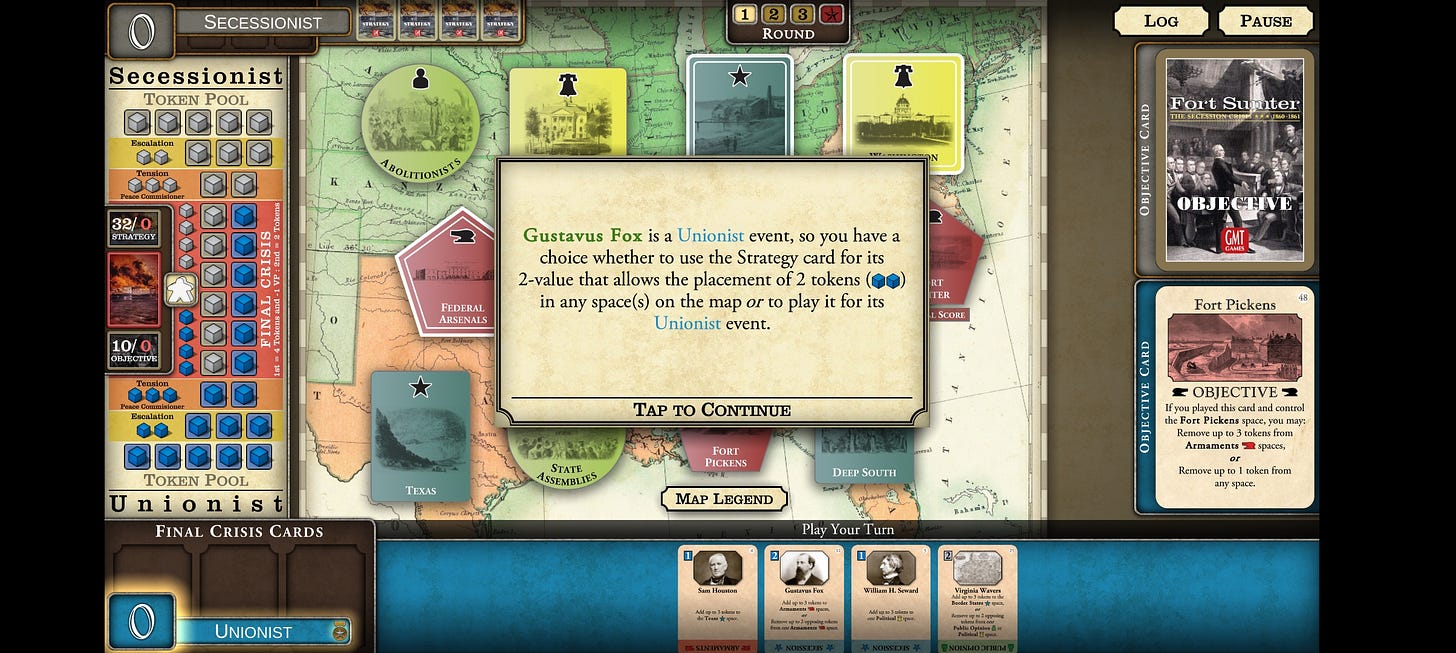
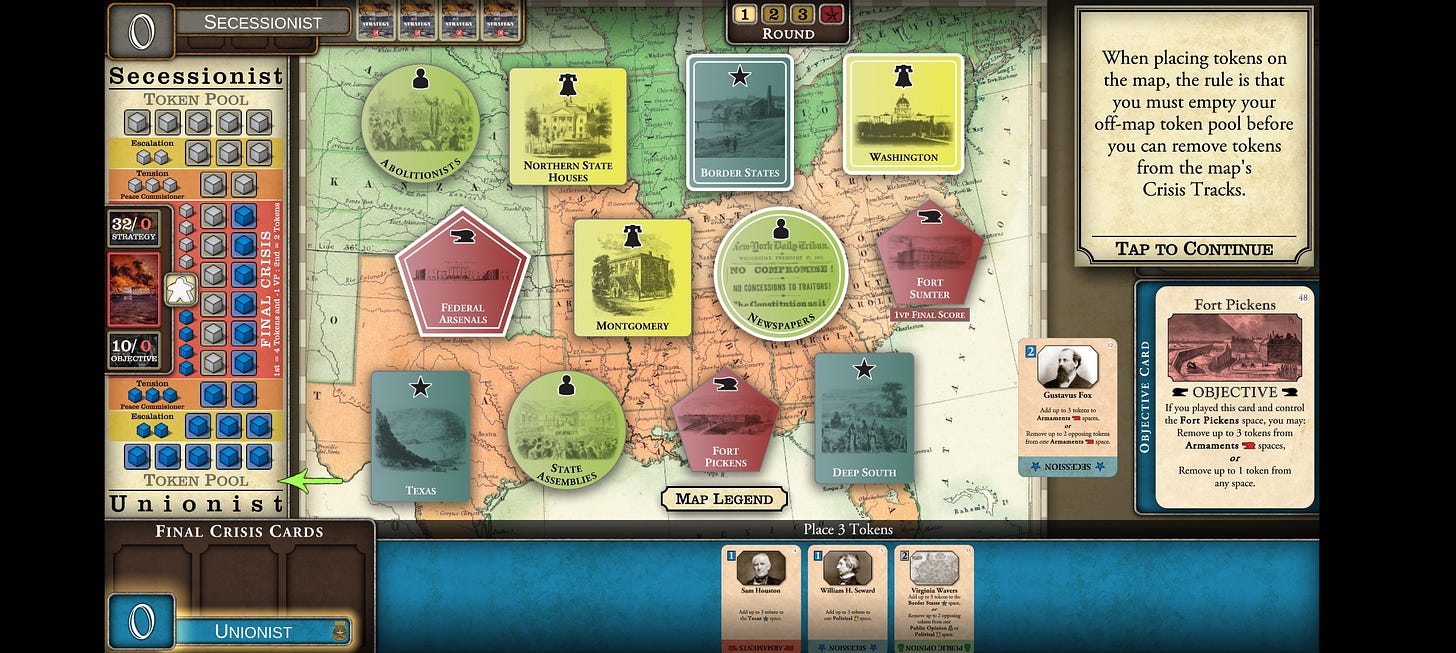

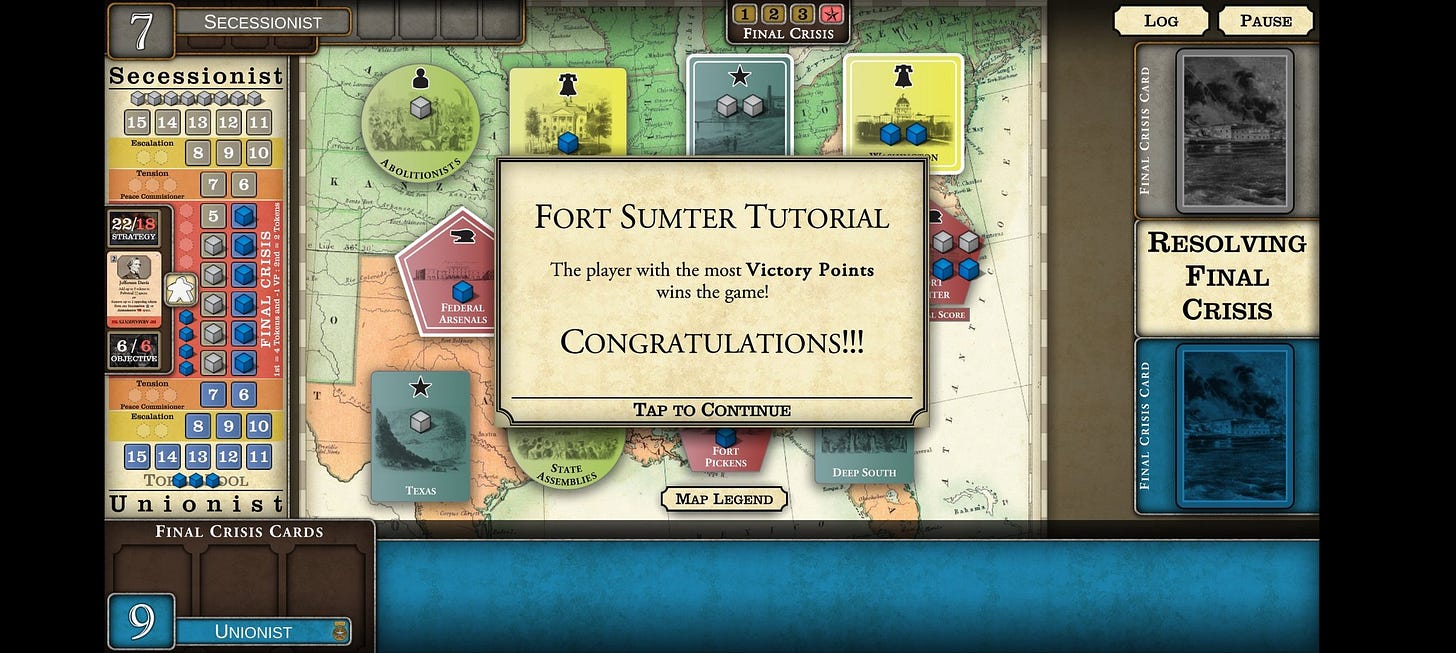
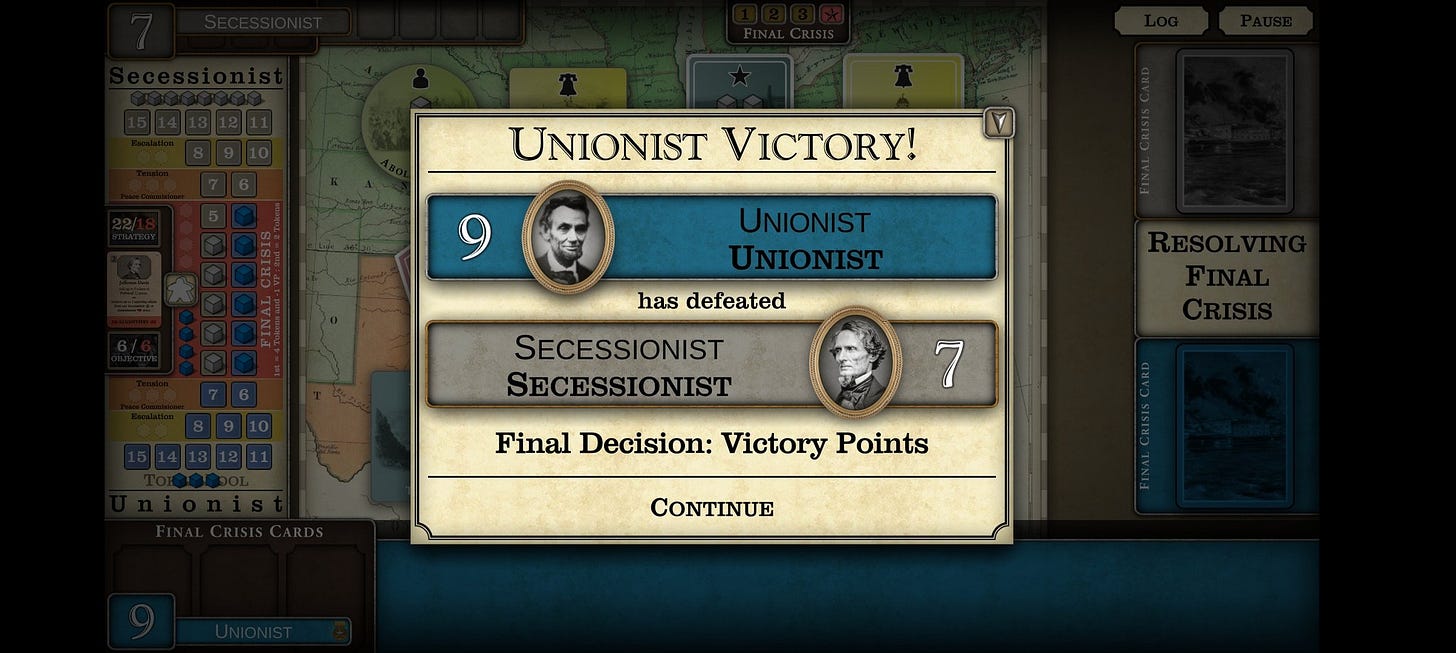
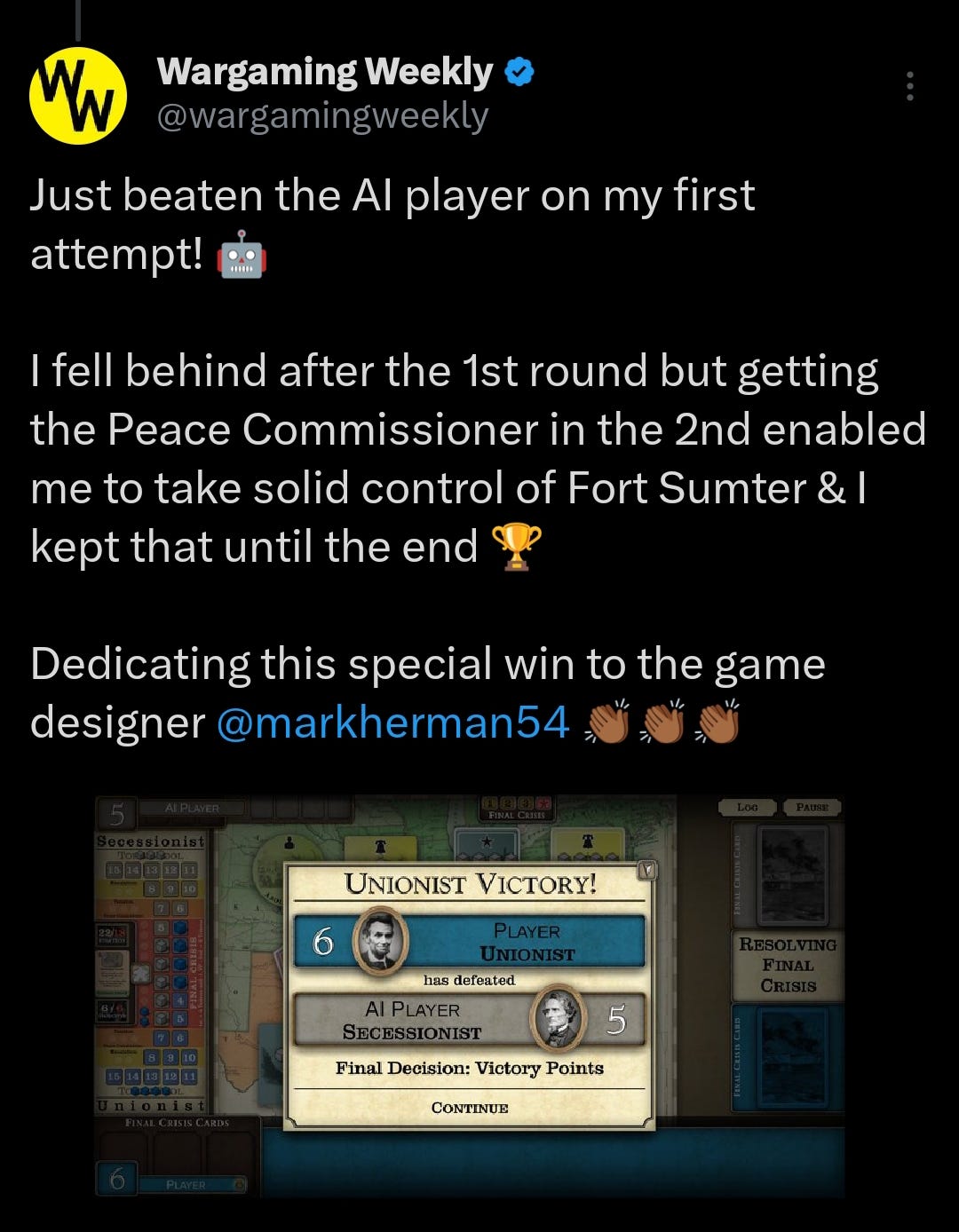
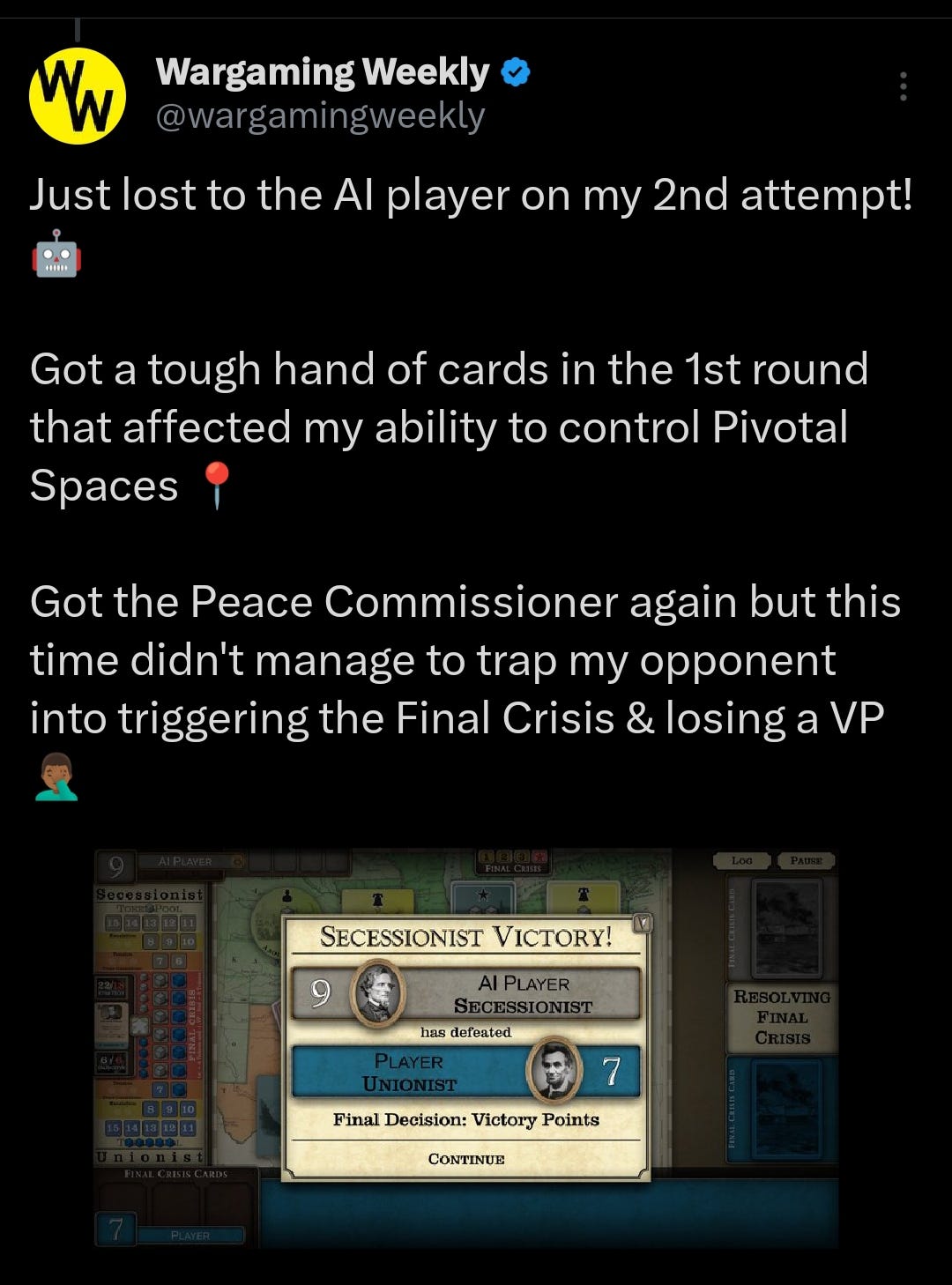
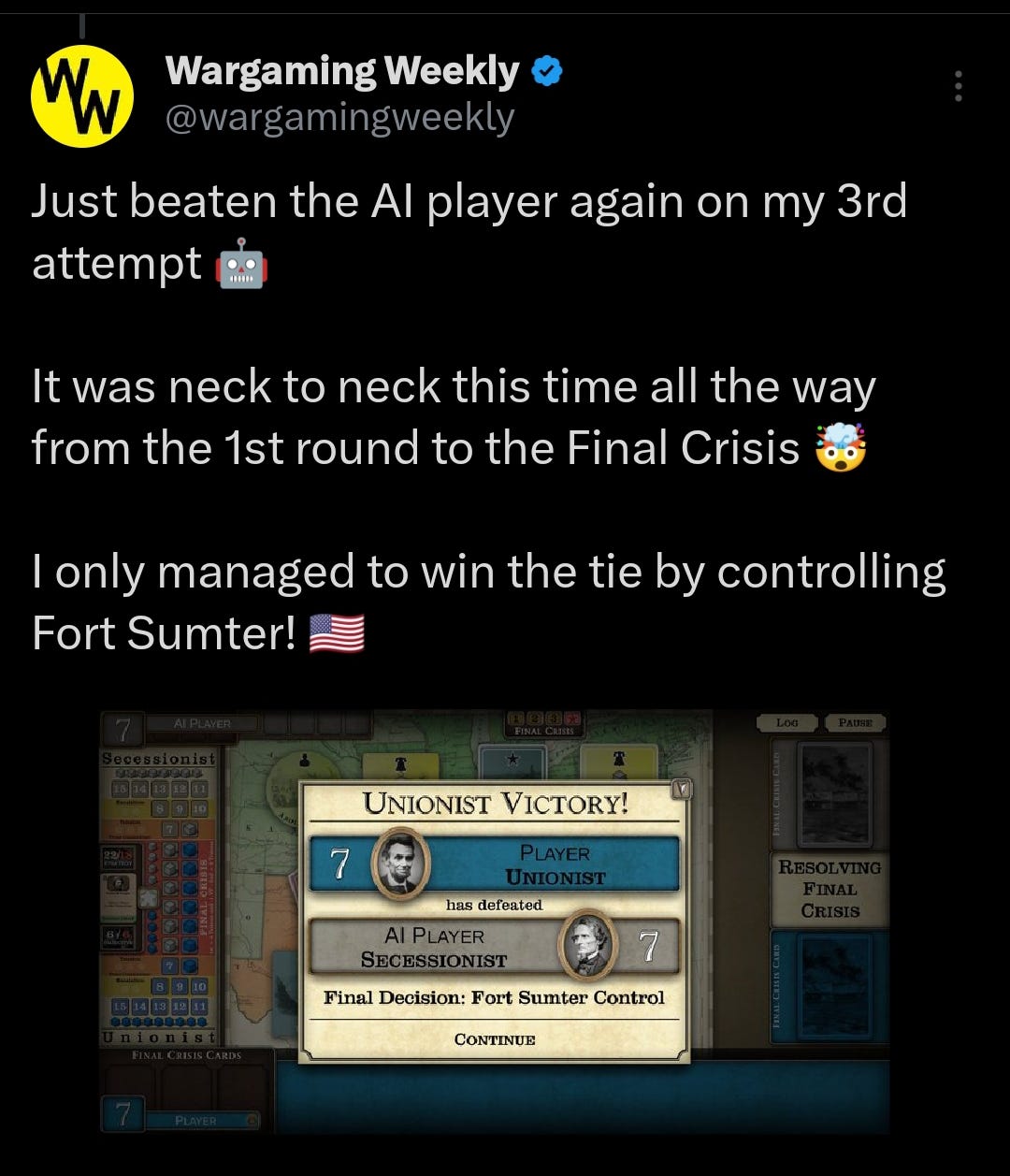
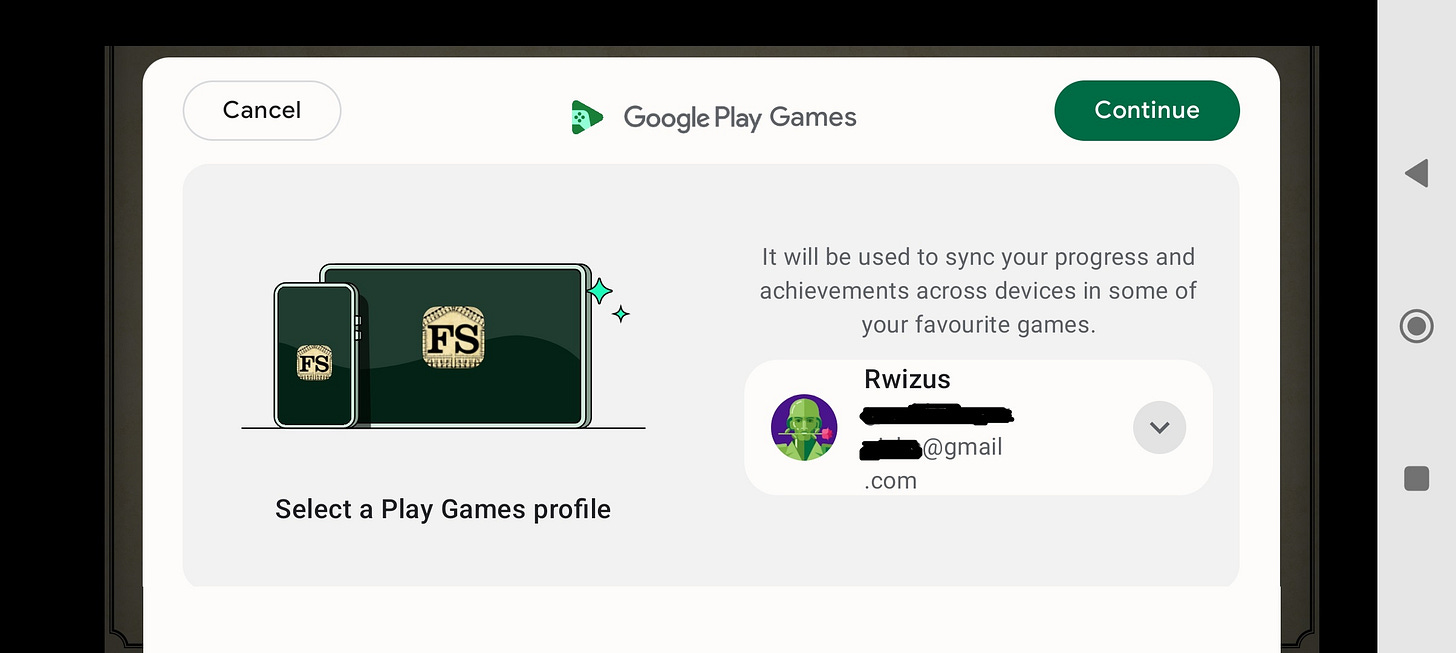
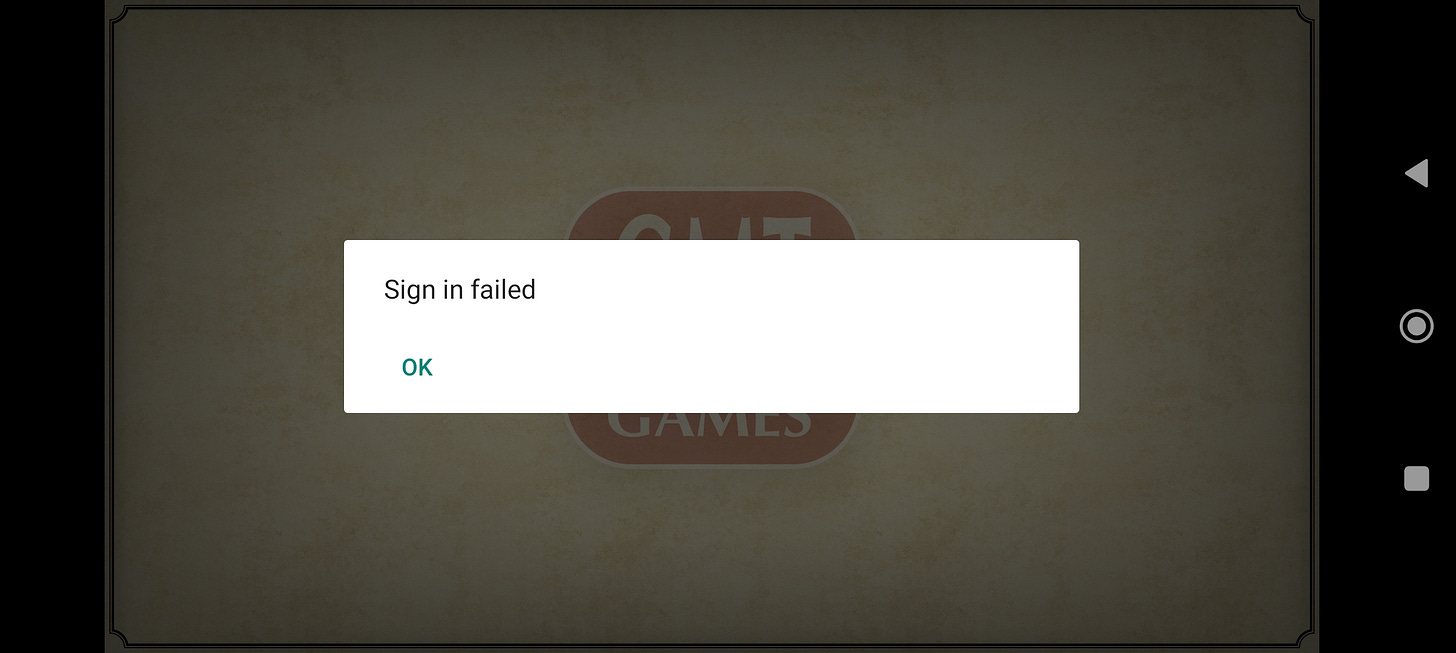
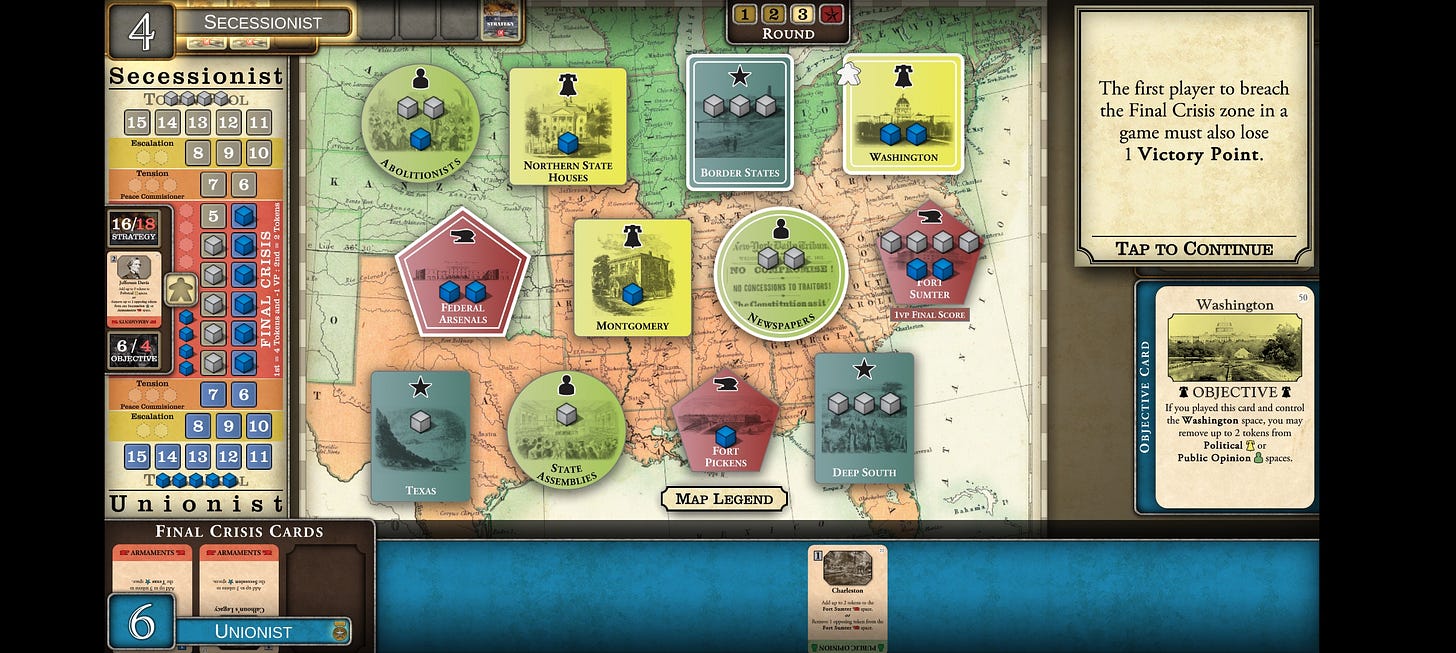
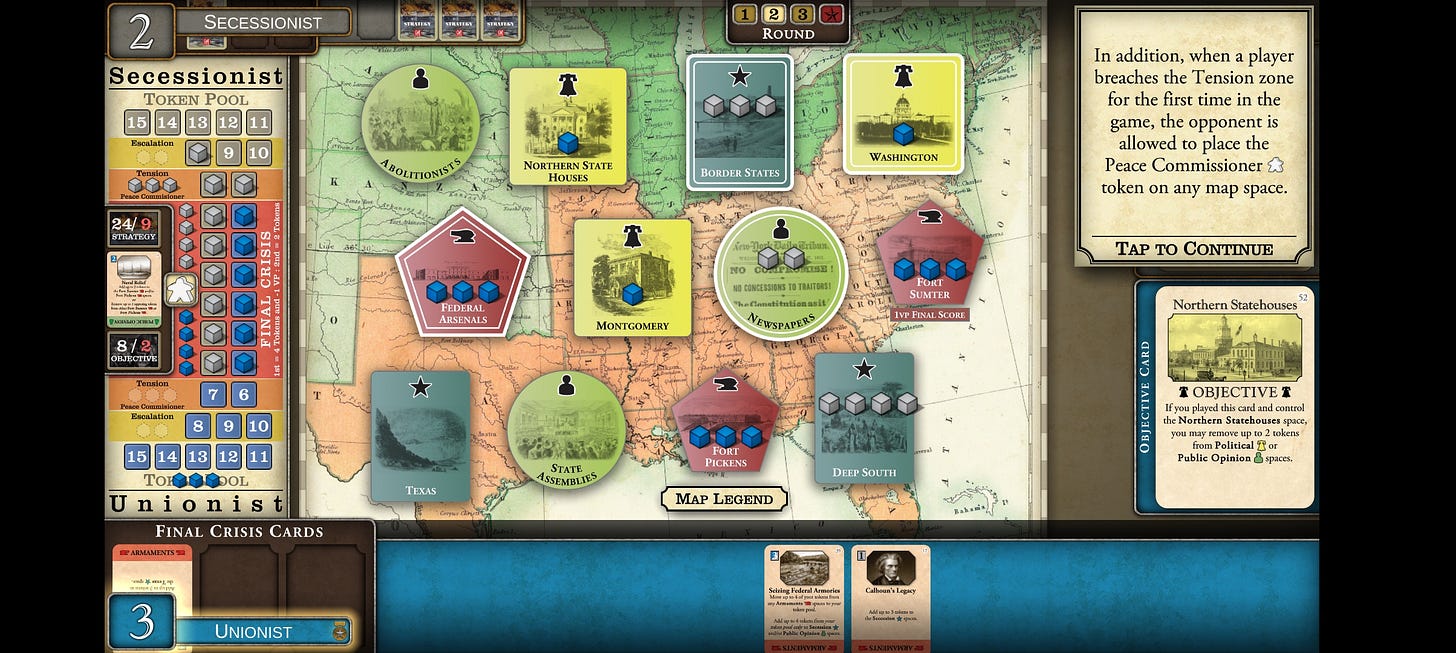
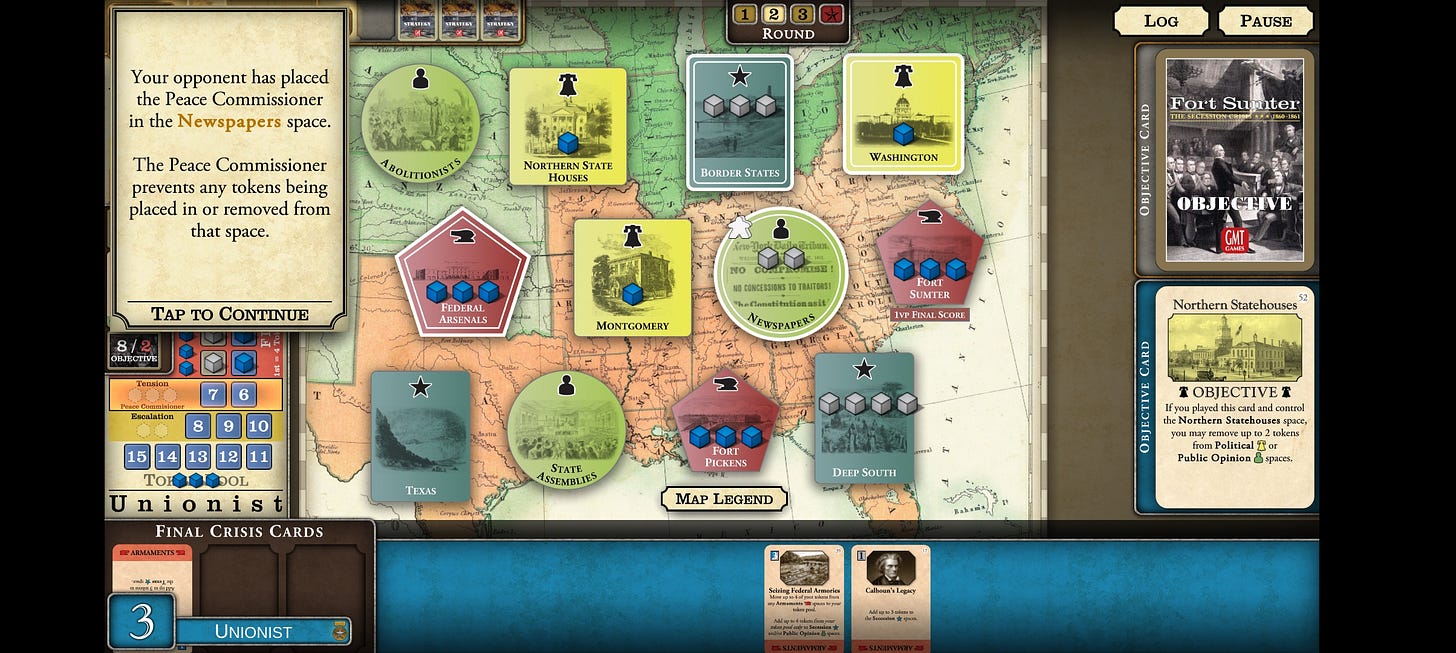
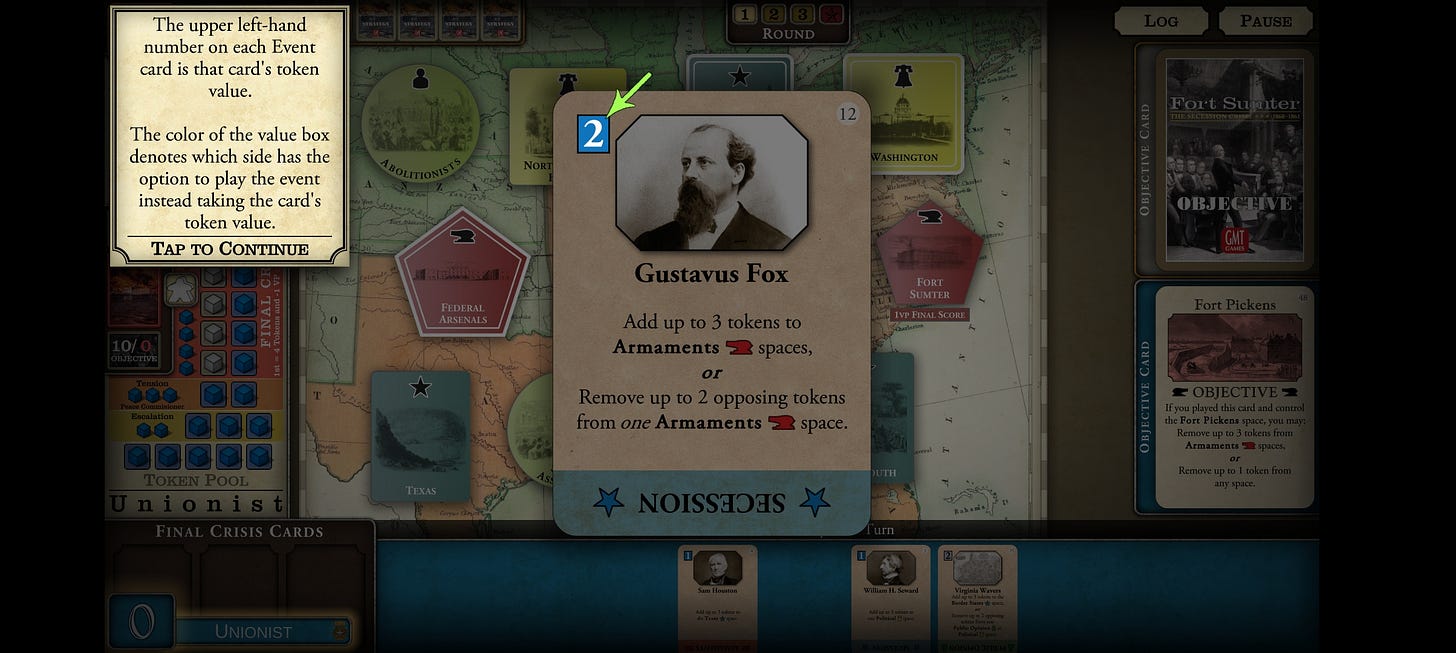
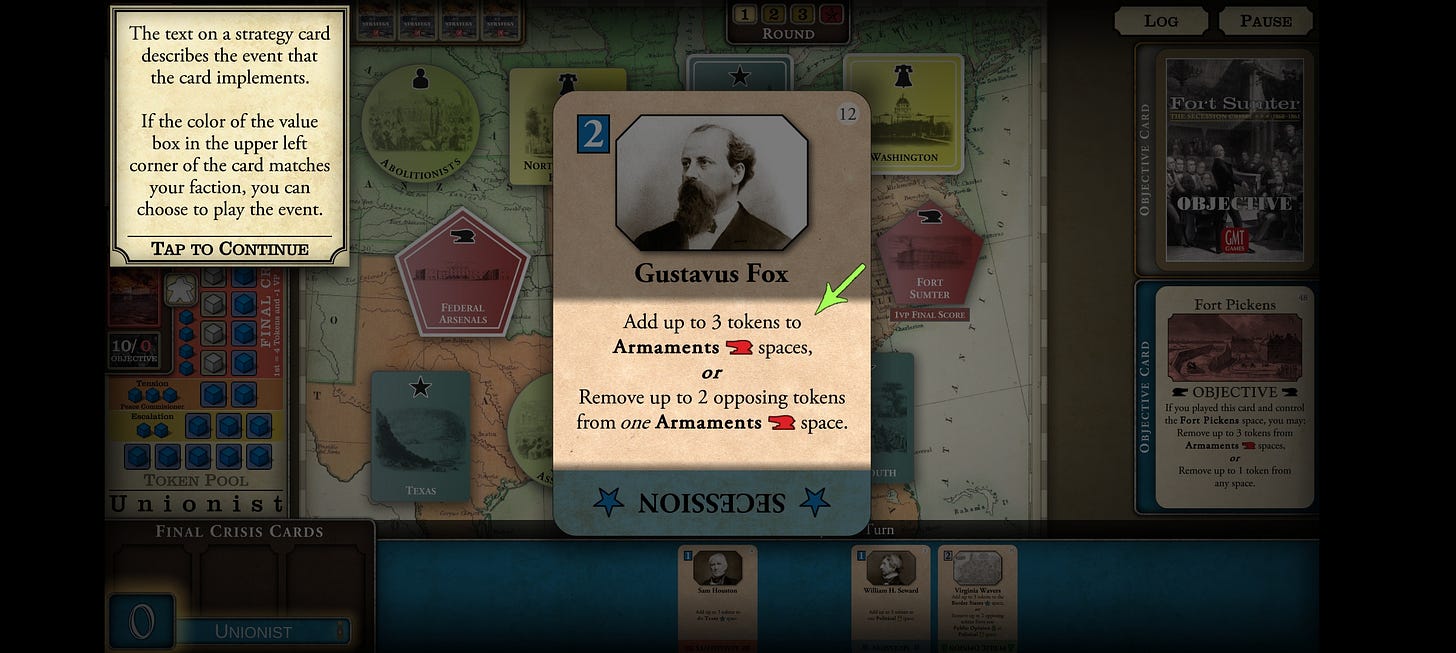
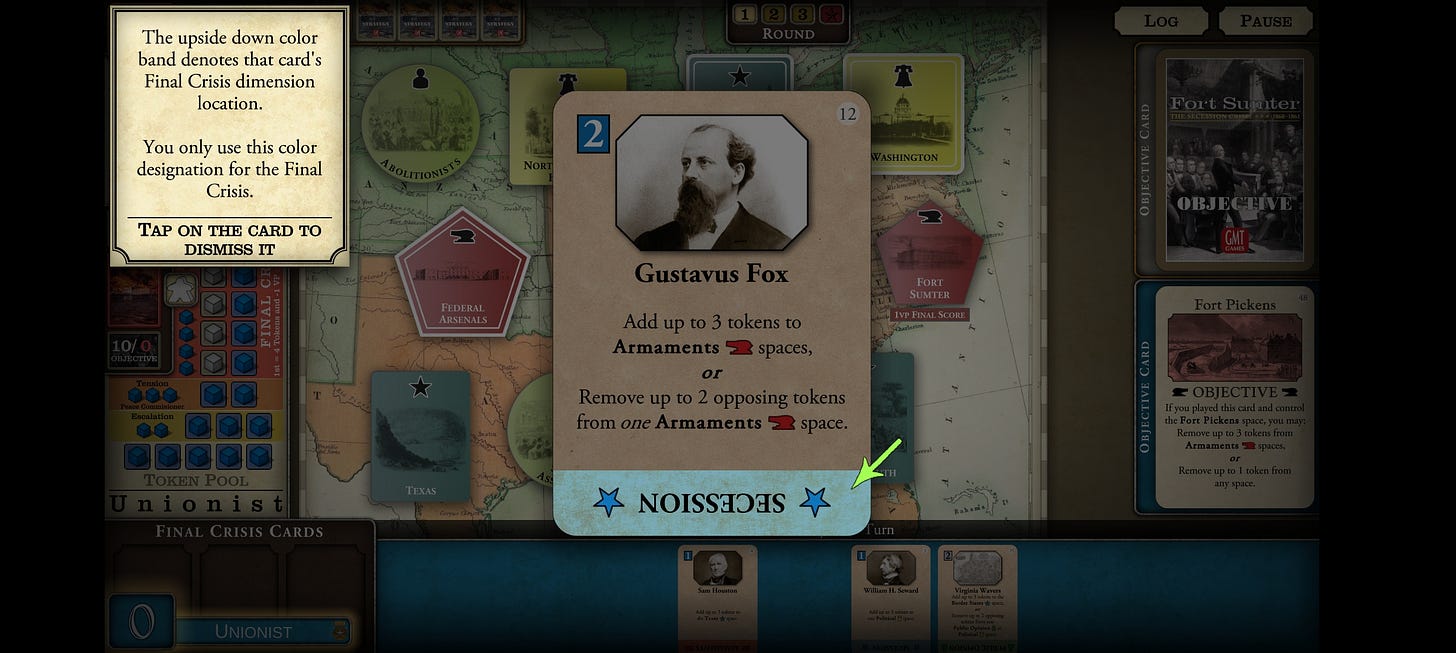

One of your comments highlights the limitations of digital wargaming transitioning from the physical. Boardgames can be very good at presenting a lot of information efficiently at a glance because the physical space is much larger than a screen, particularly on a smartphone. Essentially, the two realms offer different UI options. The constraints on the digital are more severe. Effectively, they offer different gaming experiences each with its own strengths and weaknesses.